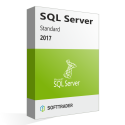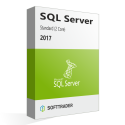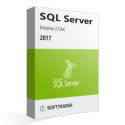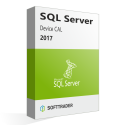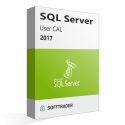What is Microsoft SQL Server 2017?
Microsoft SQL Server 2017 functions as a relational database management system (RDBMS) that caters to an extensive spectrum of applications for transaction processing, business acumen, and scrutiny in large-scale corporate settings. This platform positions itself as one of the top three contenders in database technology, alongside Oracle Database and IBM DB2.
Structured Query Language (SQL), a specific coding language, is employed to handle data within any relational database management system. A server dedicated to databases can be described as a software application that offers database utilities to other software applications or systems based on the client-server paradigm.
SQL Server 2017 Standard or Enterprise?
There are two kinds of Microsoft SQL Server 2017 licenses available for businesses: Standard and Enterprise.
The entire set of fundamental database, reporting, and analysis features are offered by Microsoft SQL Server Standard. All of the features of SQL Server Standard are also available in SQL Server Enterprise, along with the ability to aggregate data over up to eight nodes and carry out asynchronous mirroring.
Our advice is to get a version of SQL Server that is supported adequately by Microsoft. This covers both basic (updates) and advanced (security) support. The first expiration is basic or standard support.
Microsoft SQL Server 2017 End of Life (EoL)
Make sure you purchase a version of SQL Server 2017 that receives adequate support from Microsoft. This includes standard support (updates) and extended support (security). See the end support dates below:
The expiration date of standard support: Already expired
The expiration date of extended support: 12-10-2027
CALs for Microsoft SQL Server 2017
The term "Client Access Licence" (CAL), which stands for "Client Access Licence," refers to a license that enables the client (the business owner) to offer access to Microsoft SQL Server licenses like 2017, 2019, and 2022 to the company's users or devices. For this use, there are two categories of CALs to pick from:
- Microsoft SQL Server 2017 User CALs
The User CAL license means that you pay for each user who accesses the services through the server. For example, if one of your employees is a user who needs to access the server via their laptop, iPad, smartphone, and/or PC, that user will need a User CAL license. This can be purchased in addition to the SQL Server 2017 license.
- Microsoft SQL Server 2017 Device CALs
With Device CAL licensing, you pay for each device that accesses the Server. This is advantageous if you only want to use the license on one device or if you have fewer devices that need access to SQL Server 2017.
Connect to SQL Server 2017
For remote access to SQL Server 2017, users require Remote Desktop Services (RDS) licensing with RDS CALs. The same licensing logic applies as with Standard SQL Server User and Device CALs, meaning that the option with fewer devices/users is usually the one licensed. If your company has fewer devices needing remote access than users, then RDS Device CALs are the cheaper option; inversely, if the users are fewer than devices, then RDS User CALs are the more cost-efficient licensing option. If the users and devices are equal, then the cost does not differ and you can license either with RDS CALs.
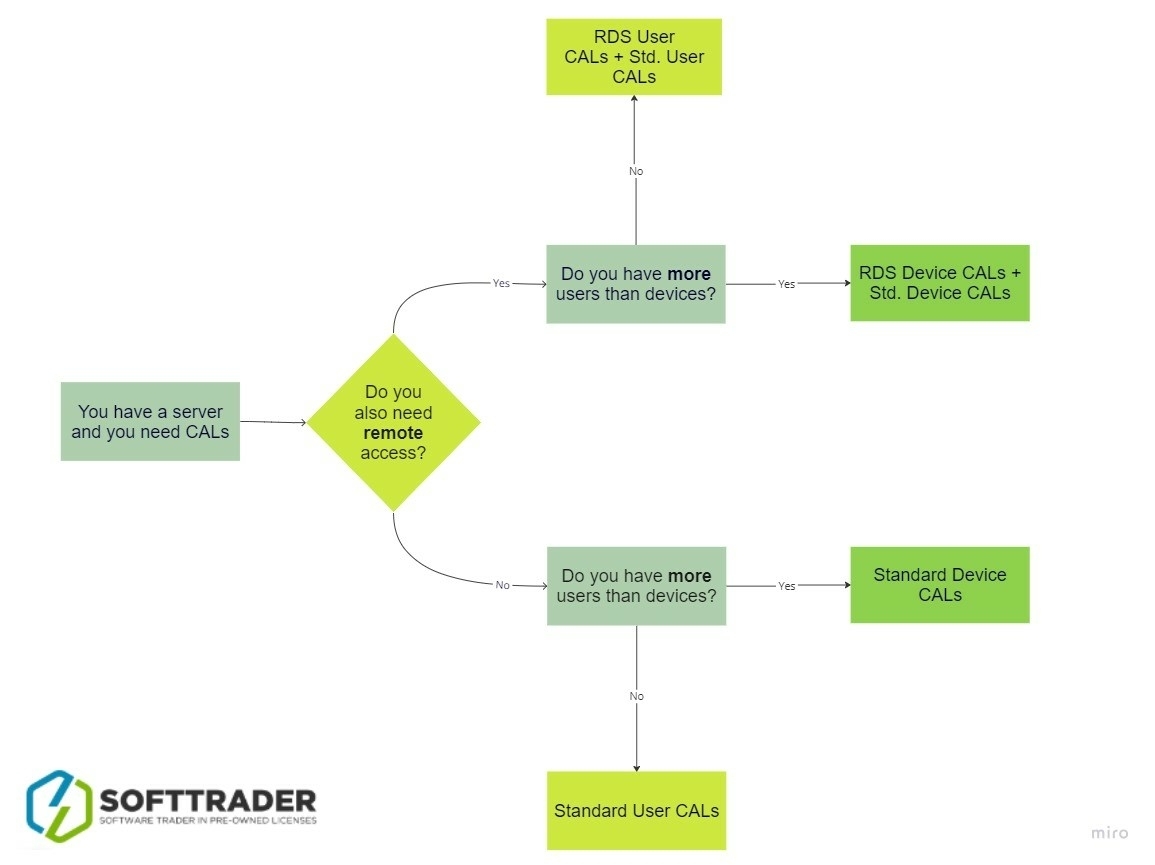
Please note that CALs are NOT included with Microsoft SQL Server 2017 Standard or Enterprise licenses and must be purchased separately.

